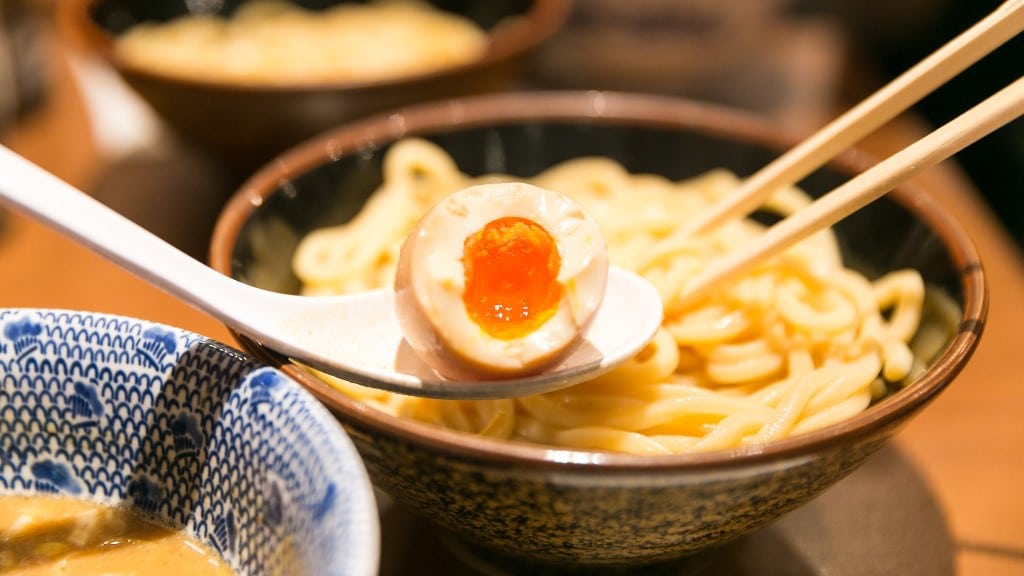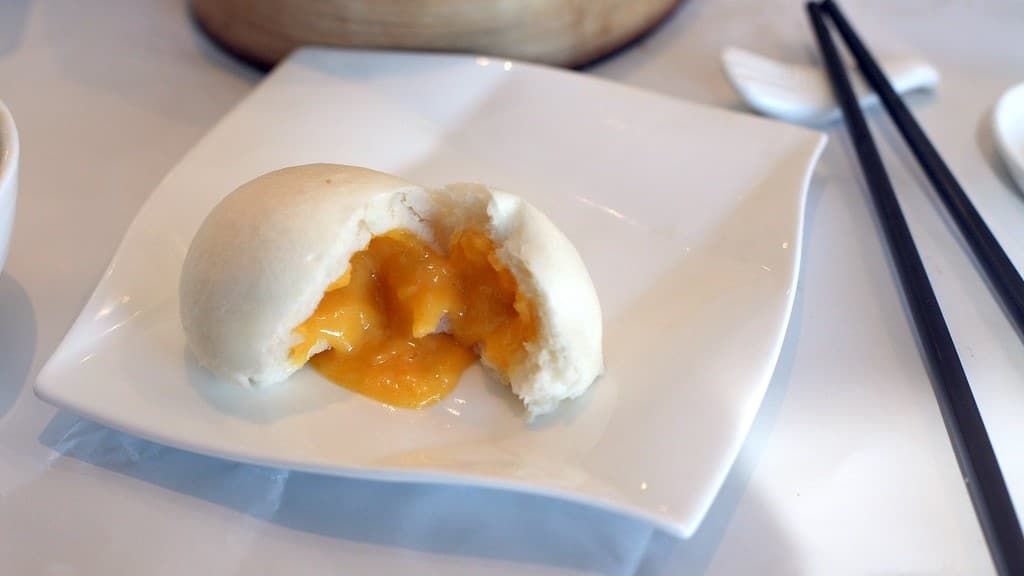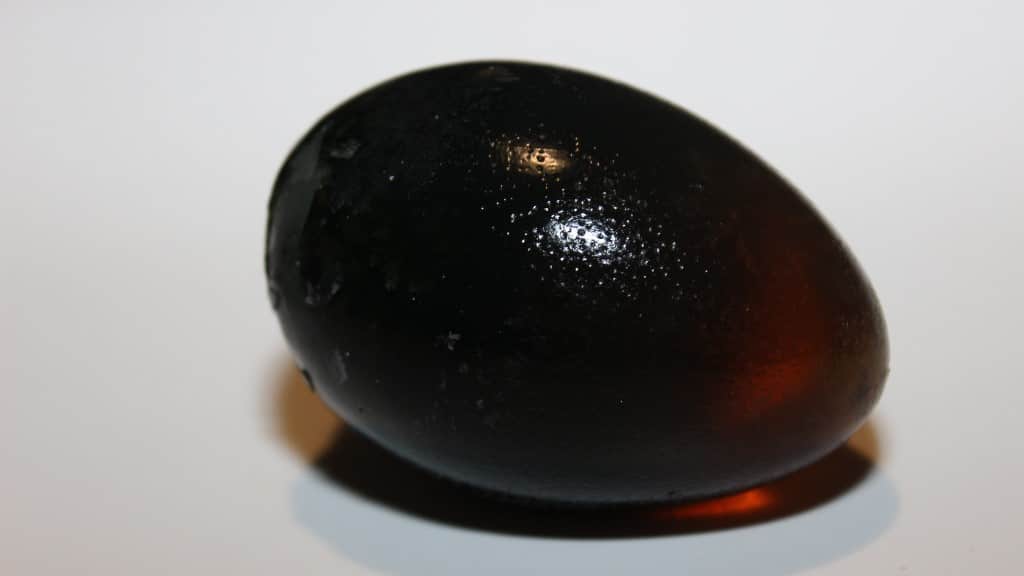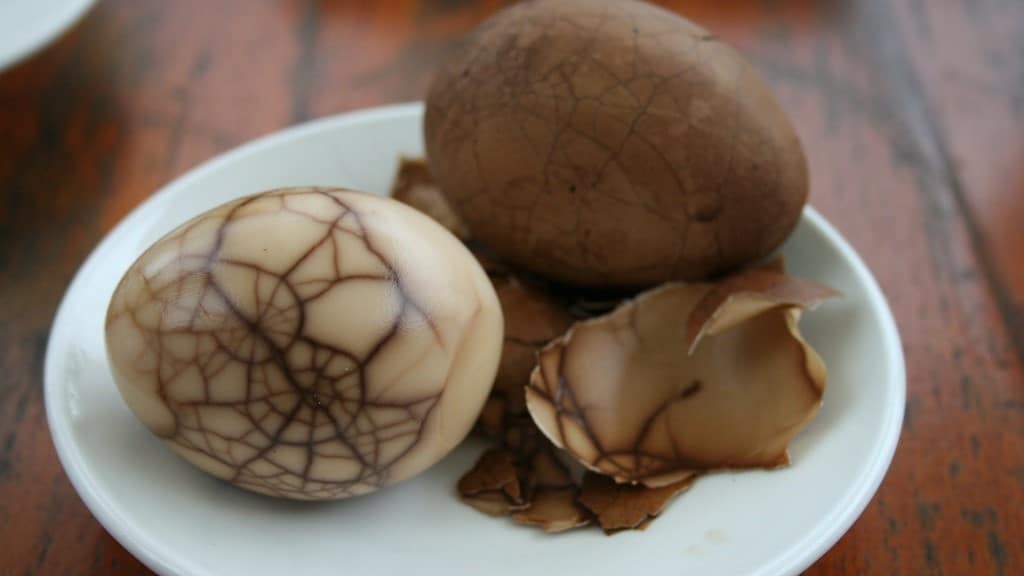The Ultimate Guide to the Eggs of Asia

Century Egg – CC: Kattebelletje
Think the usual sunny side up, scrambled, poached, and boiled egg is boring? Take a look at this comprehensive guide to the Eggs of Asia.
Eggs are one of the most versatile ingredients in the world. It can be prepared in countless ways and can even be eaten raw. By tweaking the recipe, you can achieve countless possibilities to elevate its texture and flavor. Because of this, eggs have become a staple in Asian dishes. However, it’s not just limited to egg tarts and noodle soups.
There are thousands of strange foods all over the globe. However, no other place can rival the sheer uniqueness of the ones you will find in Asia. Let us shed light on the most unexpected egg dishes you might have not heard about.
Salted Eggs
Salted eggs have been made in Vietnam, the Philippines, and Thailand for many centuries. However, it is mostly associated with China. Usually made from duck eggs, this delicacy used to be a staple food item for poor farmers who depended on their crops and farm animals to survive. Because salted foods can be stored for a long time even without refrigerators, salted eggs became popular.
The traditional way of making salted eggs involve covering the eggs in a muddle and salty paste made from salt, water, and charcoal. The egg is cured for months.
Salted Egg – CC: Tzong-Lin Tsai/ mmmsedap
Balut
Although its appearance and smell might put you off, Balut is a dish you need to try. Popular in many Asian countries, especially in the Philippines and Vietnam, this snack is made from fertilized duck egg which has been incubated for two to three weeks.

Balut – Fertilized Duck Egg
Balut is usually sold by vendors on the streets and parks. Although it only used to be common in rural areas, it is finding its way into big cities. Balut is best eaten warm, with vinegar and salt. Don’t miss to suck out the juices!

Stir Fry Balut
Century Egg
Century eggs aren’t eggs that were preserved for a century. The process only takes a few weeks to months. Century egg originated in China but it can easily be found in other Asian countries, especially in Chinese restaurants.
The process involves putting duck, chicken, or quail eggs in a saline solution which has clay, salt, rice hulls, quicklime, and even ash. Because of the unique process, the eggs turn creamy and resemble the texture of cheese. It also changes color from white to a jelly-like dark color.
Century Egg – CC:| Mark Mitchell/ LikeTheGrandCanyon
Taiwanese Tea Eggs
Tea eggs are hard boiled eggs which were steeped in a mixture made with tons of spices, soy sauce, and of course, tea. To allow the flavor to seep into the egg, its shell is cracked. This technique also leaves strange patterns on the egg white.
Tea Eggs Taiwan CC: Carolyn/Joey
Ramen Eggs
Ramen is not the only thing you have to get excited about when visiting Japan. Also called Ajitsuke Tamago, ramen eggs are packed with flavor and are definitely worth a try. Although it’s meant to be eaten with ramen, it is also popular as a snack or breakfast. With its signature custard-like yolk, you’ll definitely want to add these soft-boiled eggs in every meal you eat.

Ramen Eggs CC: City Foodsters
Soy Sauce Eggs
Popular in Korea, Soy sauce eggs are usually eaten as part of breakfast. Having absorbed flavor from soy sauce, these hardboiled eggs are known to be rich and sweet. Be warned though, Soy sauce eggs are very addicting!

Soy Sauce Eggs with Pork Belly
Adobo Flavor Egg
Adobo is a popular dish in the Philippines made using soy sauce vinegar, egg, and meat. Filipinos love it so much that they’ve found a way to replicate its flavor on eggs. Adobo flavored egg is made using the broth of the dish. The egg easily absorbs all its goodness, making it an explosion of flavor in your mouth.

Chicken Adobo with Eggs | Panlasang Pinoy
Feast on the Different Egg Delicacies of Asia
Eggs do wonders to tie your meal together. Now that you know some of the most unique egg preparation styles in Asia, you might be ready to say goodbye to the boring eggs you are used to.






